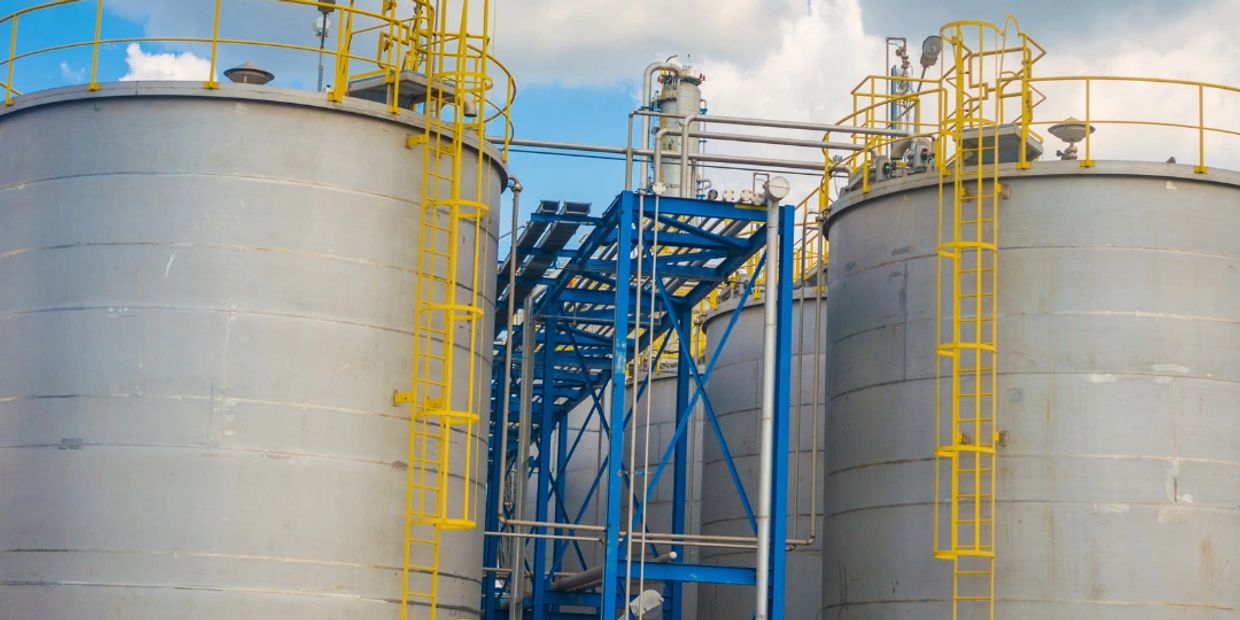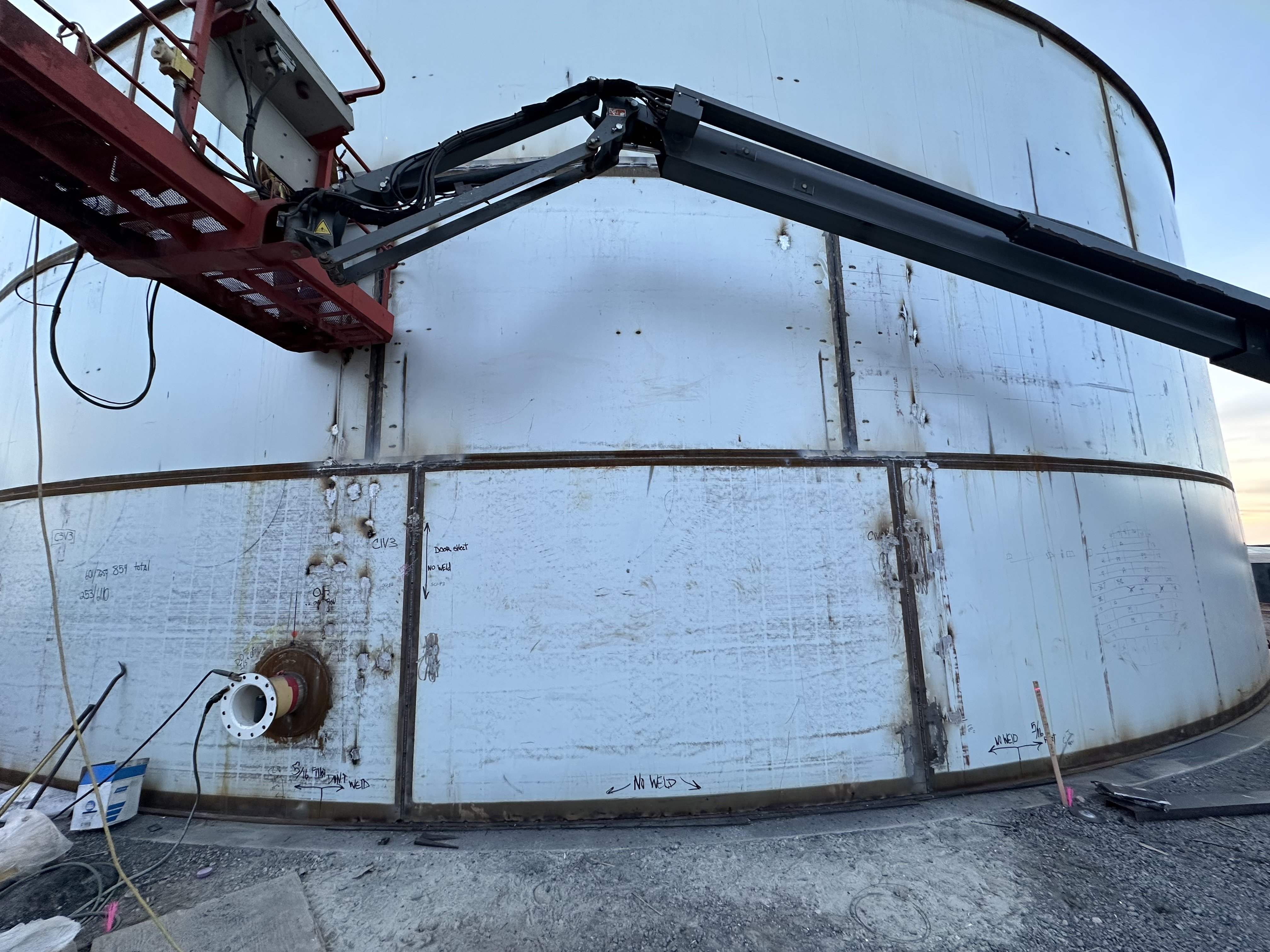Comprehensive Overview to Effective Storage Tank Welding Assessment Techniques and Ideal Practices for Top Quality Guarantee
In the world of storage tank welding, rigorous examination methods are critical for guarding architectural integrity and making certain compliance with industry guidelines. As we explore these crucial elements, it becomes clear that a positive inspection approach is not just valuable, however essential for functional success in environments dealing with harmful materials.
Importance of Container Welding Evaluation

Tank welding assessment functions as a preventative step, recognizing potential problems such as splits, porosity, or improper joint penetration prior to they rise into major concerns. Normal evaluations not just abide by industry policies and requirements yet additionally enhance the durability of the storage tanks, lowering the need for costly repair work or substitutes.

Visual Inspection Techniques
Employing systematic visual evaluation techniques is important for examining the high quality and stability of welded joints in storage tanks. This technique acts as the very first line of defense in identifying potential defects such as cracks, damages, and not enough infiltration. The examiner must approach the task with a keen eye, making use of ideal devices like amplifying glasses, flashlights, and mirrors to improve visibility.
During the inspection procedure, the examiner must review the weld profile, ensuring it adheres to specified criteria and standards (Tank Welding Inspection). This includes analyzing the bead size, height, and fusion with the base product. Assessors must also pay close attention to the bordering areas for signs of thermal distortion or contamination that might impact the weld's performance
Documentation of searchings for is vital; inspectors need to tape any type of anomalies, classifying them by seriousness for further analysis. This methodical approach not just aids in prompt problem identification however also adds to long-lasting quality control by guaranteeing conformity with market requirements. Regular training and calibration of visual inspection methods further boost the reliability of analyses, ultimately bring about much safer and a lot more resilient container structures.
Non-Destructive Examining Techniques
Non-destructive screening (NDT) methods are often employed in storage tank welding examinations to evaluate the honesty of welded joints without jeopardizing their architectural integrity. These methods are vital for determining issues such as cracks, spaces, and incorporations that could cause catastrophic failures if left unnoticed.
Usual NDT methods include ultrasonic screening (UT), which utilizes high-frequency acoustic waves to find inner defects; radiographic testing (RT), using X-rays or gamma rays to visualize weld structures; and magnetic bit screening (MT), which discloses surface area and near-surface gaps in ferromagnetic look what i found products (Tank Welding Inspection). Fluid penetrant screening (PT) is also widely utilized, with the ability of identifying surface-breaking defects by applying a fluorescent or color contrast color
Each NDT approach has its details applications and benefits, making it essential for inspectors to choose the suitable method based upon the product and the sort of weld being reviewed. The combination of these NDT approaches right into the inspection process enhances the total quality control framework, making sure that bonded my review here containers fulfill safety and security and efficiency requirements. Eventually, NDT plays a critical duty in keeping the honesty and durability of storage tank structures in different industrial applications.

Paperwork and Coverage
Making certain thorough documentation and reporting throughout container welding inspections is critical for maintaining compliance with industry criteria and promoting reliable interaction amongst stakeholders. Appropriate paperwork works as an extensive record of evaluation activities, findings, and any kind of rehabilitative activities taken throughout the welding procedure. This info is necessary not only for high quality assurance yet additionally for audits and governing evaluations.

A well-structured assessment report should consist of details such as the date of examination, names of assessors, welding procedures used, products made use of, and any type of deviations from established standards. Additionally, pictures and layouts can boost the clarity of the report, supplying aesthetic context to the searchings for. It is likewise important to record any type of non-conformities along with their resolution, making certain that all stakeholders are notified of potential threats and the steps required to alleviate them.
Furthermore, keeping a centralized data source for all inspection reports permits for simple retrieval and evaluation, fostering a society of openness and responsibility. By focusing on precise documents and coverage, organizations can not just support quality control yet also enhance their reputation within the market, inevitably resulting in boosted safety and functional effectiveness.
Continuous Enhancement Practices
Continuous improvement techniques are essential for boosting try this out the top quality and performance of container welding assessments. One efficient technique involves regular training and upskilling of inspection employees to remain abreast of the most current welding innovations and requirements.
Furthermore, utilizing data-driven evaluation permits companies to track evaluation results, recognize fads, and identify areas for renovation. Using tools such as root reason evaluation can help in understanding the underlying concerns causing problems, enabling targeted treatments. Furthermore, getting feedback from assessment groups and stakeholders creates a collaborative environment that urges ingenious services.
Including sophisticated technologies, such as computerized assessment systems and real-time monitoring, can dramatically improve the precision and rate of inspections. Normal audits of the evaluation procedures likewise add to a culture of liability and constant improvement. Eventually, these continual enhancement techniques not only boost the quality of storage tank welding inspections however also contribute to total operational quality and customer fulfillment.
Verdict
In verdict, reliable tank welding inspection is critical for making sure the architectural stability and safety and security of storage space systems, specifically those taking care of hazardous products. Using a mix of aesthetic examination strategies and non-destructive screening approaches promotes the very early recognition of issues, therefore keeping conformity with market requirements.